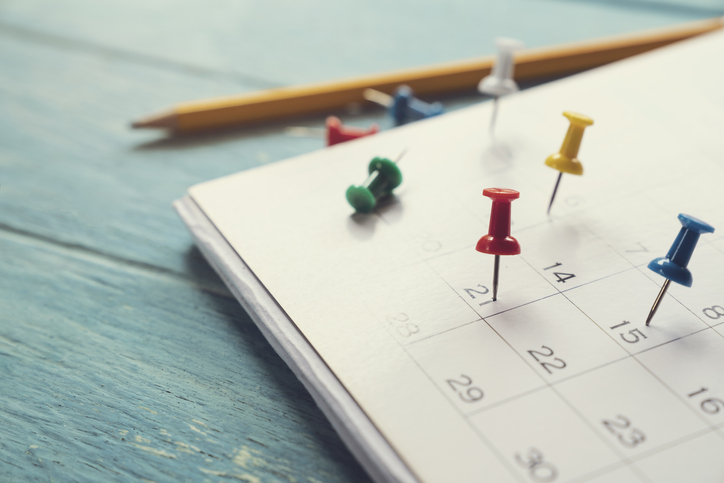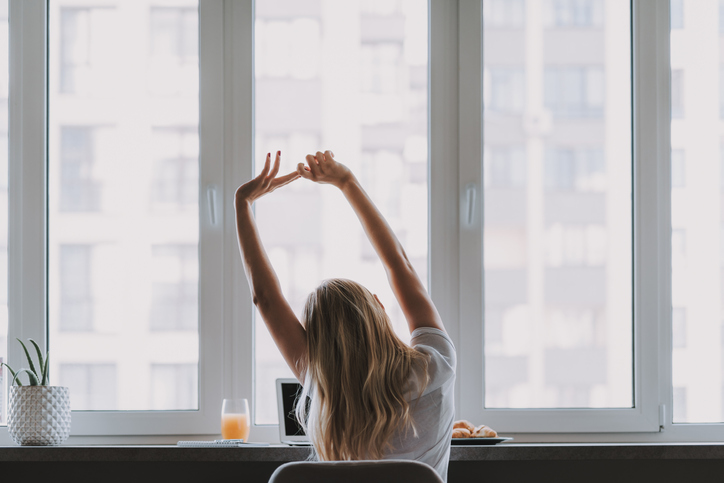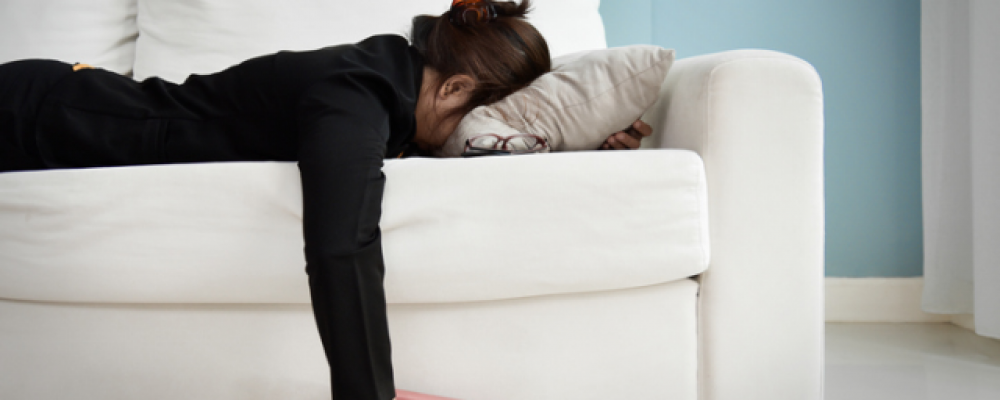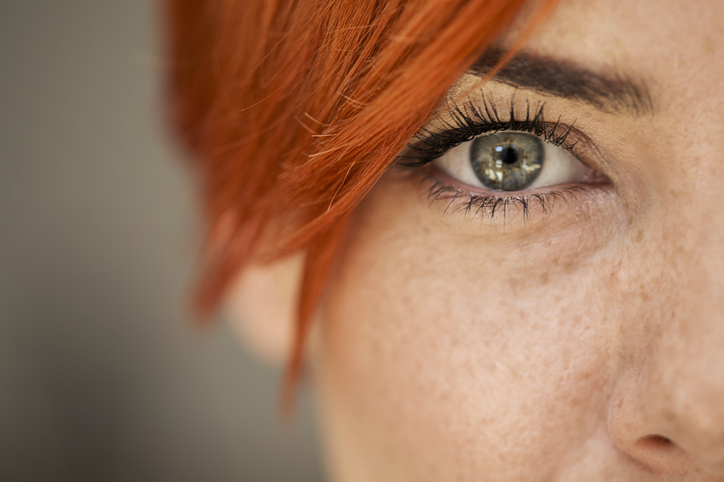When you’re living with migraines, it can make a huge difference to be aware of — and learn how to avoid — your migraine triggers. But with anything from stress or lack of sleep, to certain foods or even smells potentially causing an attack, identifying and managing migraine triggers isn’t quite as easy as it sounds.
What’s more, it’s likely that you have more than one migraine trigger, and sometimes those triggers can each work together to form a migraine.
Imagine, for example, that chocolate is one of your triggers. You might not get a migraine every time you eat it. But if your migraines are also triggered by lack of sleep and by stress, you may get a migraine if you eat chocolate when you are also tired and under pressure.
It’s when triggers are combined that your body is likely to exceed its ‘trigger threshold’, which results in a migraine.
The problem with triggers acting in combination is that it can make migraine causes difficult to spot. It might take a while to realize that something is a trigger, for example, especially if it doesn’t always result in migraine symptoms.
Confusing, right? It’s enough to give you a headache, honestly!
That said, if you aim to improve your overall well-being, you may not have to avoid all your migraine triggers all of the time. Essentially, if you can reduce your stress levels, and improve your sleep quality, you might still be able to enjoy a chocolate bar!
So how can you decide which triggers you should avoid? Read on for a step-by-step guide.
Step 1: Keep a headache diary
The best way to identify your own triggers is by keeping a headache diary.
Begin this by noting down the dates and times of when your headaches occur. Then, add details around what you were doing during this time, and when the symptoms started. Pay extra attention to what you eat and drink, as well how well you’ve slept and how stressed you’ve felt.
Keep going with your diary for at least a few weeks, and you should then be ready to move onto Step 2.

Step 2: Look for patterns
Having kept adding to your diary, you should then read through it to identify any patterns — these will help you glean new insight into what’s causing your migraines to take place. Again, try correlating the occurrence of your migraines to things you eat, drink and general changes in your lifestyle.
Often, but not always, the following factors tend to crop up as potential migraine triggers:
Your environment
- bright lights
- loud noise
- extreme heat
- changes in the weather
- unusual smells
- smoking, or smoky rooms
Your activities and experiences
- not drinking enough (becoming dehydrated)
- skipping meals
- lack of sleep
- intense exercise
- postural issues (e.g. poor ergonomic set-up at a desk)
- taking certain medications (e.g. HRT, combined contraceptive pill, some sleeping pills)
- becoming stressed, anxious or depressed
- experiencing a shock, tension or excitement

Hormonal changes
- menstruation (periods)
- puberty
- menopause
Foods and food additives
- alcohol
- caffeine
- chocolate
- citrus fruits
- nitrates (found in some cured meats)
- aspartame
- monosodium glutamate (MSG)
- tyramine (found in some cheeses, sauerkraut, and soy sauce)
Of course, this list is not exhaustive. Some of your triggers might be less common, and therefore more unique to you. You will need to look at your own lifestyle and symptom patterns, then, to really understand what affects you.
Step 3: Manage your triggers
Hopefully, a clear pattern is beginning to emerge — there are one or two things you often record as happening, just before or around the same time as your migraine symptoms kick in. Bingo! You may have found a trigger.
If it’s a food trigger, you should try to avoid it altogether. Stop eating the ‘trigger’ food and see how this impacts your migraines over a period of weeks (this is likely to be easiest if you work on one trigger at a time).
A word of warning, though: don’t go cold turkey on the caffeine. If you think caffeine might be a trigger, you should gradually reduce your intake. This way, you are less likely to get caffeine withdrawal symptoms, which can lead to new headaches themselves.
Triggers other than food might be difficult to completely avoid. But you can still manage them. Here’s how:

Prevent hormonal and medication migraine triggers
If you think you have identified a hormonal trigger, take your headache diary to your doctor. They can advise you about ways your migraines might be managed with preventative medication.
You should also talk to your doctor if your migraines are triggered by prescribed medications. It’s important to not just stop taking them, because there can be side effects of dropping some medications abruptly.
Be more aware of ergonomics
Postural issues can be tackled by learning more about ergonomics, perhaps by speaking to a physiotherapist, chiropractor or osteopath.
Budget and lifestyle depending, you could also look into buying ergonomically designed furniture, such as a computer chair, if you work from your own office.
Pay more attention to your sleep quality
If lack of sleep is a trigger, you might be able take steps to improve your sleep quality. For example, you could use relaxation techniques, home remedies, or even acupuncture. Simply paying more attention to your sleep habits (positioning, the time you sleep, what you do before you sleep) could have a real impact.
Take self-care seriously
Life can get very busy, and we sometimes end up neglecting ourselves. Make sure that you care for yourself by drinking enough water, eating healthy meals and taking regular exercise.
Friendly tip: intense, unaccustomed exercise can be a migraine trigger. But regular exercise is generally good for you — and it can help with your sleep quality, too.
If you are in any doubt about what kind of exercise is right for you or how much you can safely do, don’t hesitate to seek advice from your doctor.
Importantly, if you think you may be suffering from stress, anxiety or depression, please speak to a healthcare professional about it. These conditions can trigger migraines, and those migraine symptoms can have further effects on your mental health. You and your doctor can work together to stop the cycle.
Overcoming your migraine triggers
Learning to control your migraine triggers is about taking a holistic approach to your migraine treatment plan. It’s also about living a healthy and well-rounded life, where you can safely monitor what might be causing your migraines.
And you might find that you don’t need to cut all of your triggers out completely. But just knowing what some of your triggers are, and paying attention to them, could help you live a better, happier life with your migraines.




